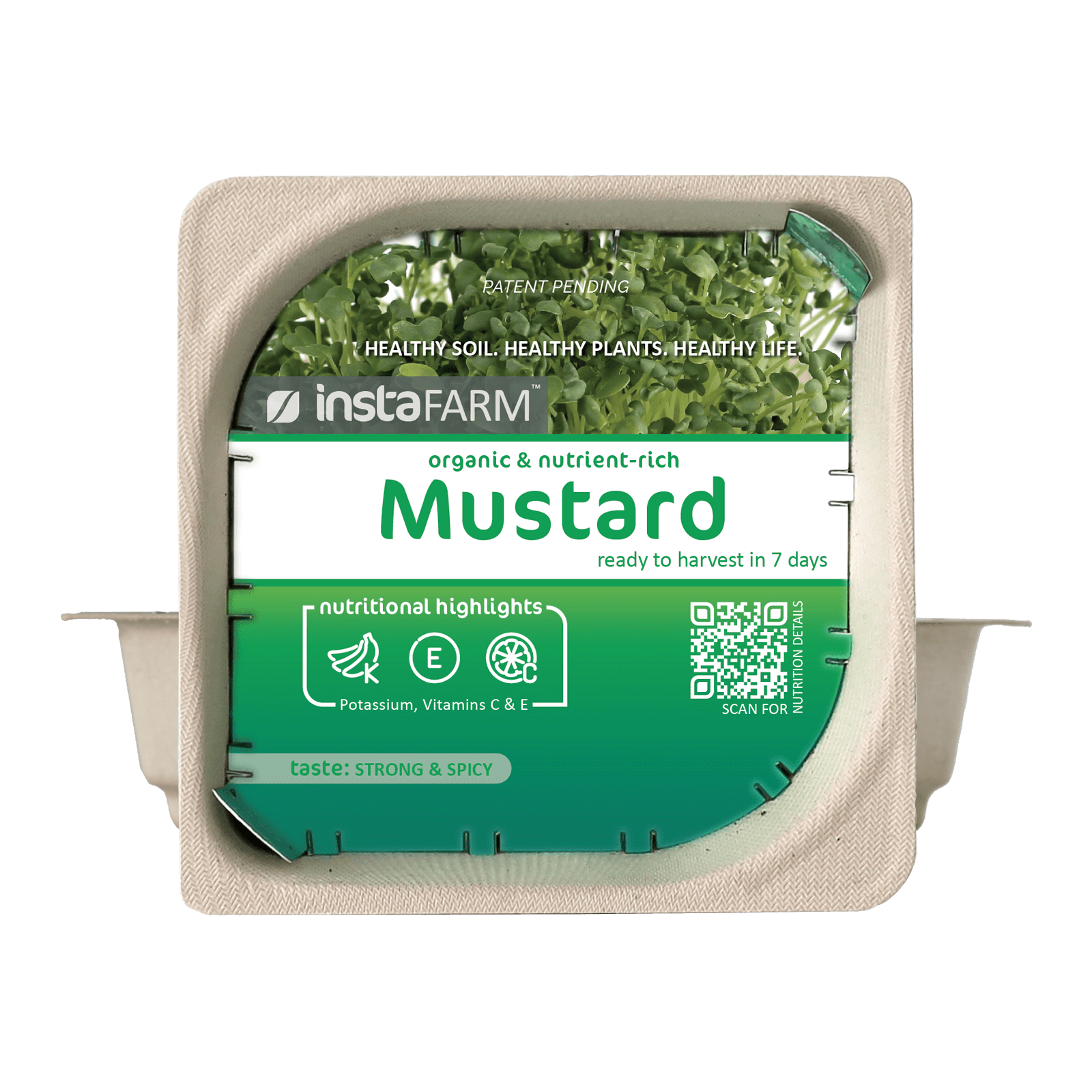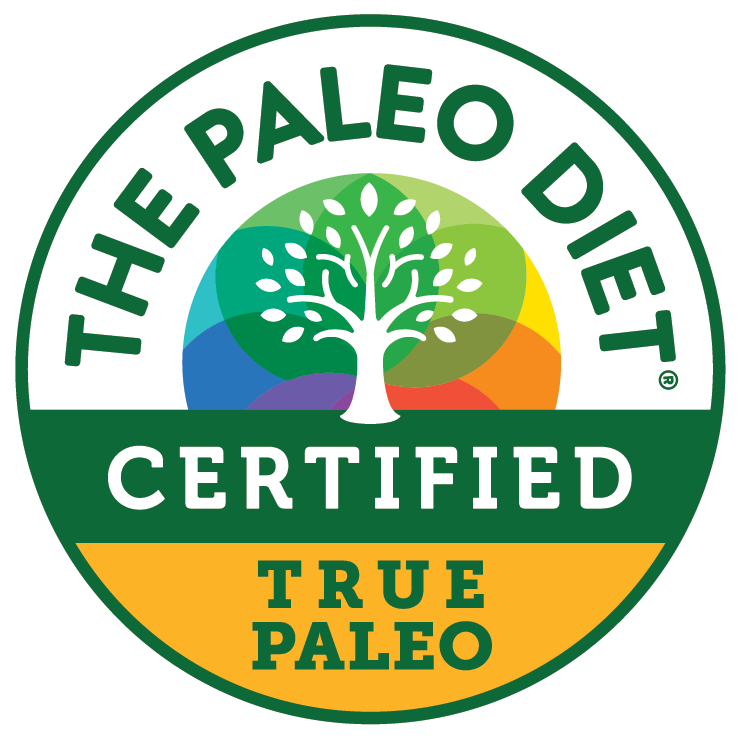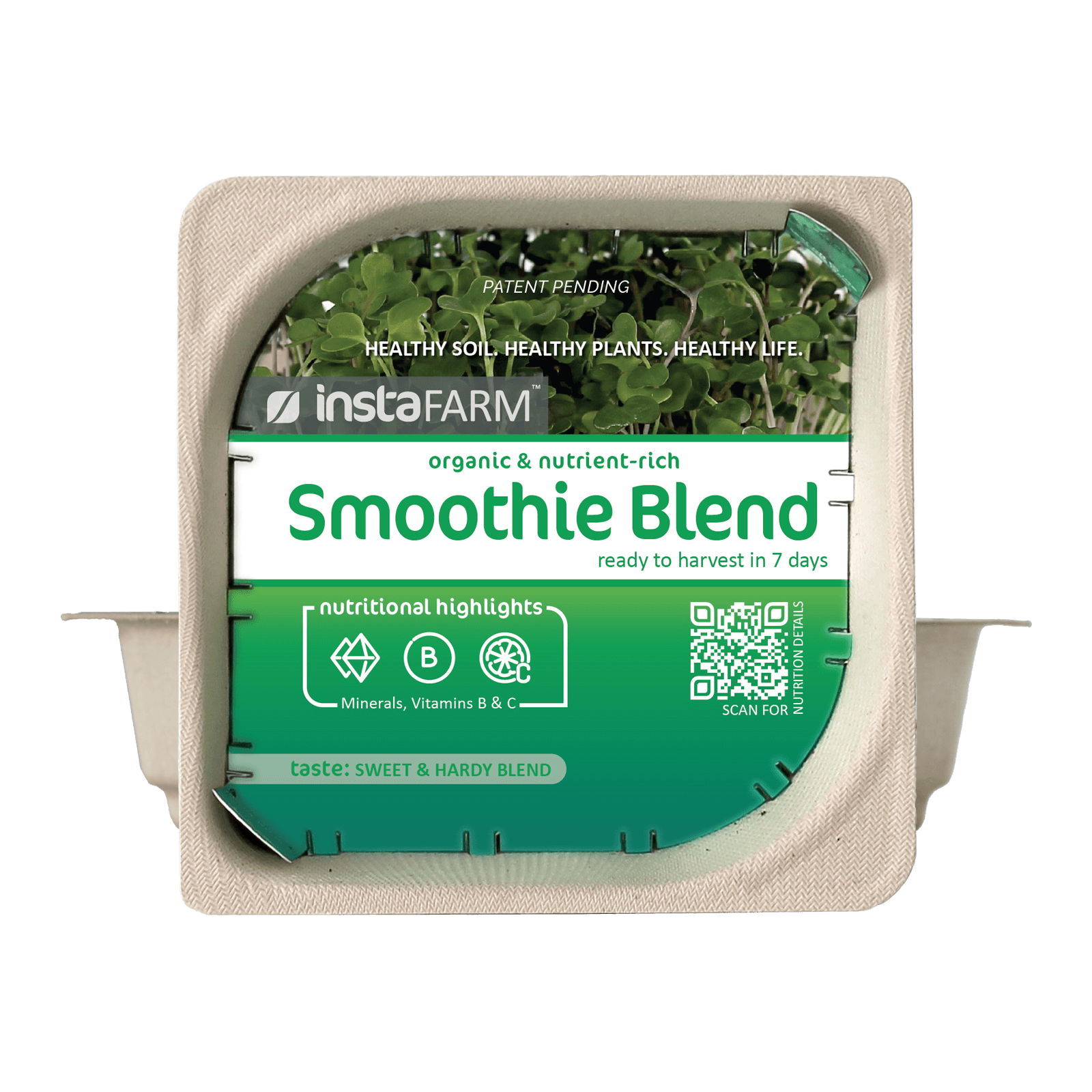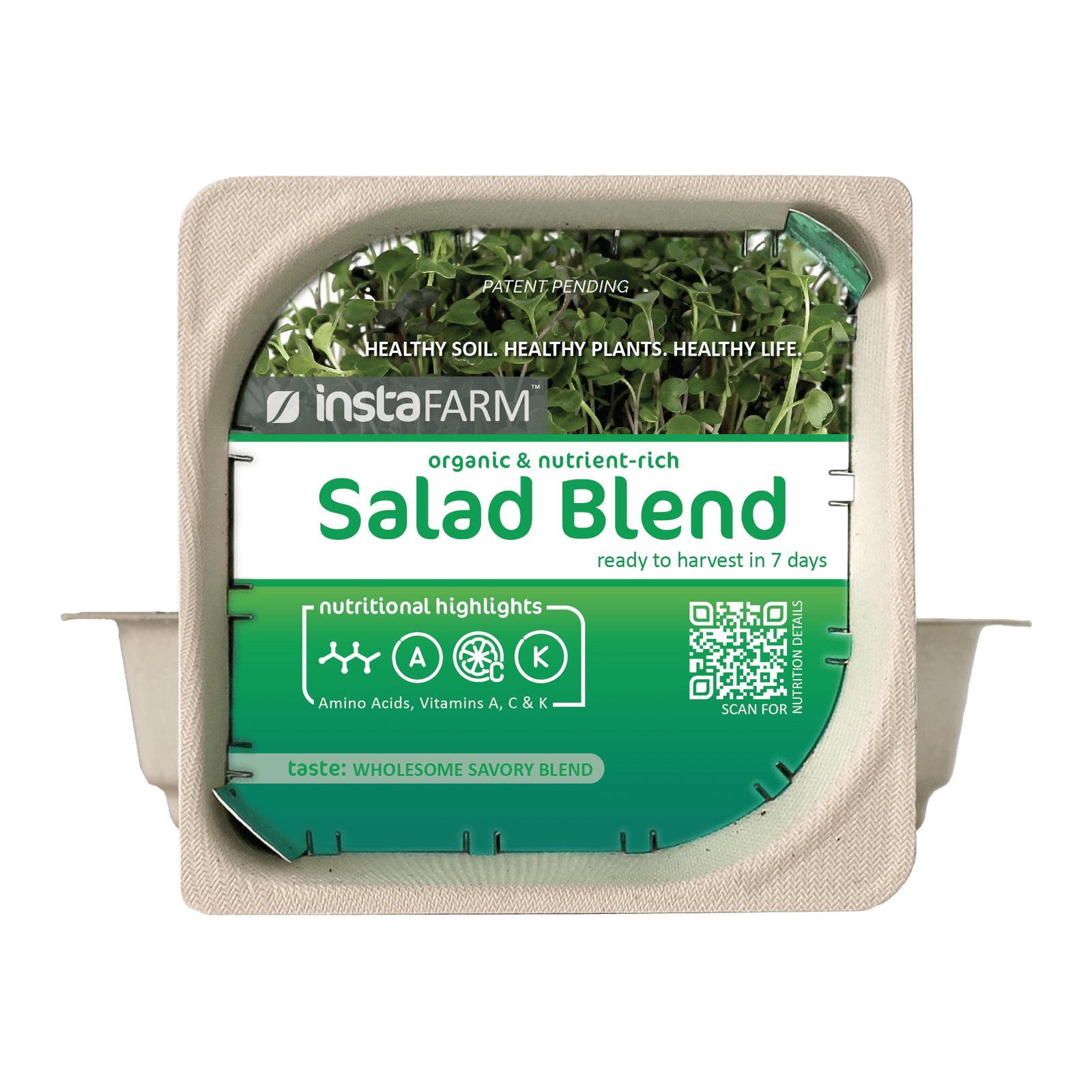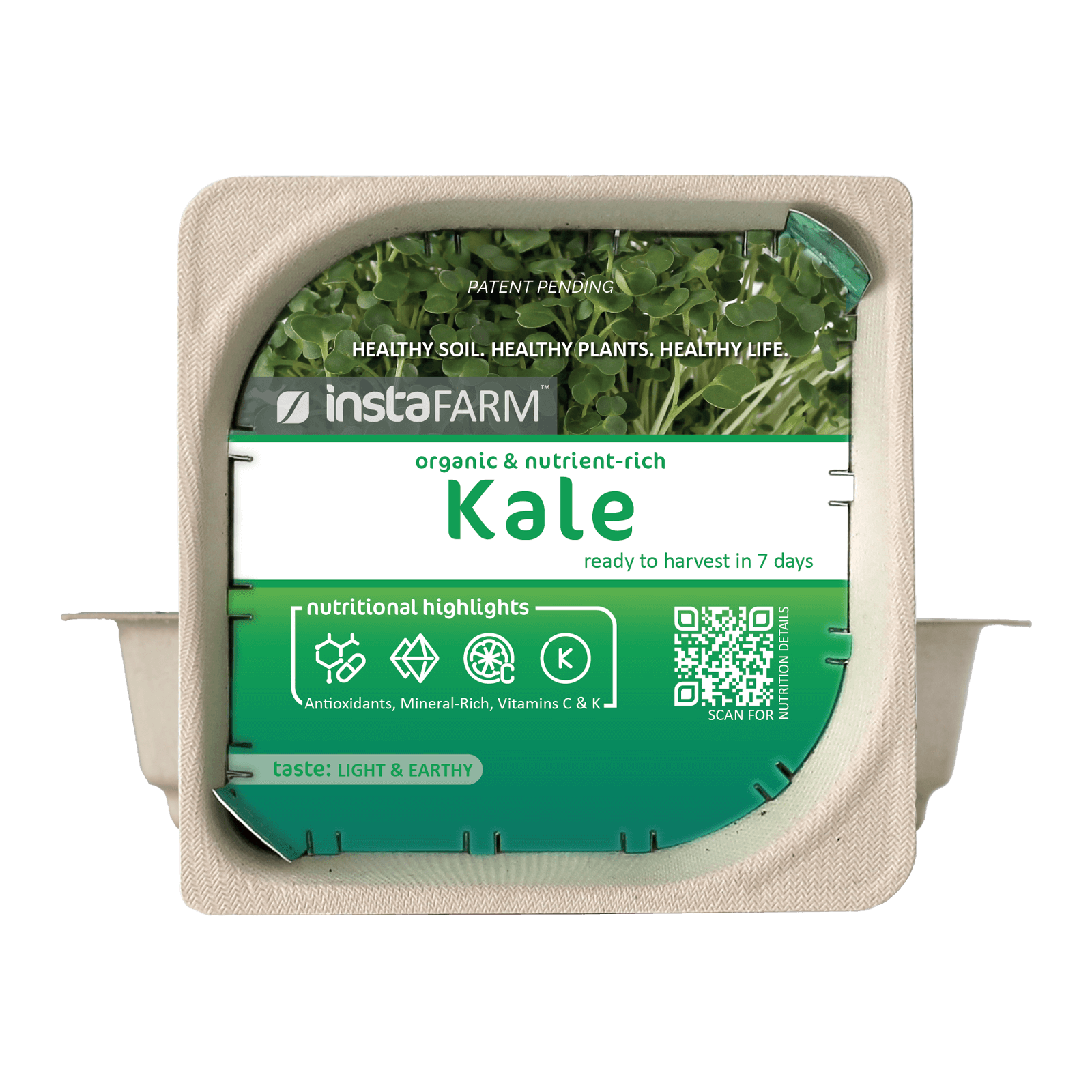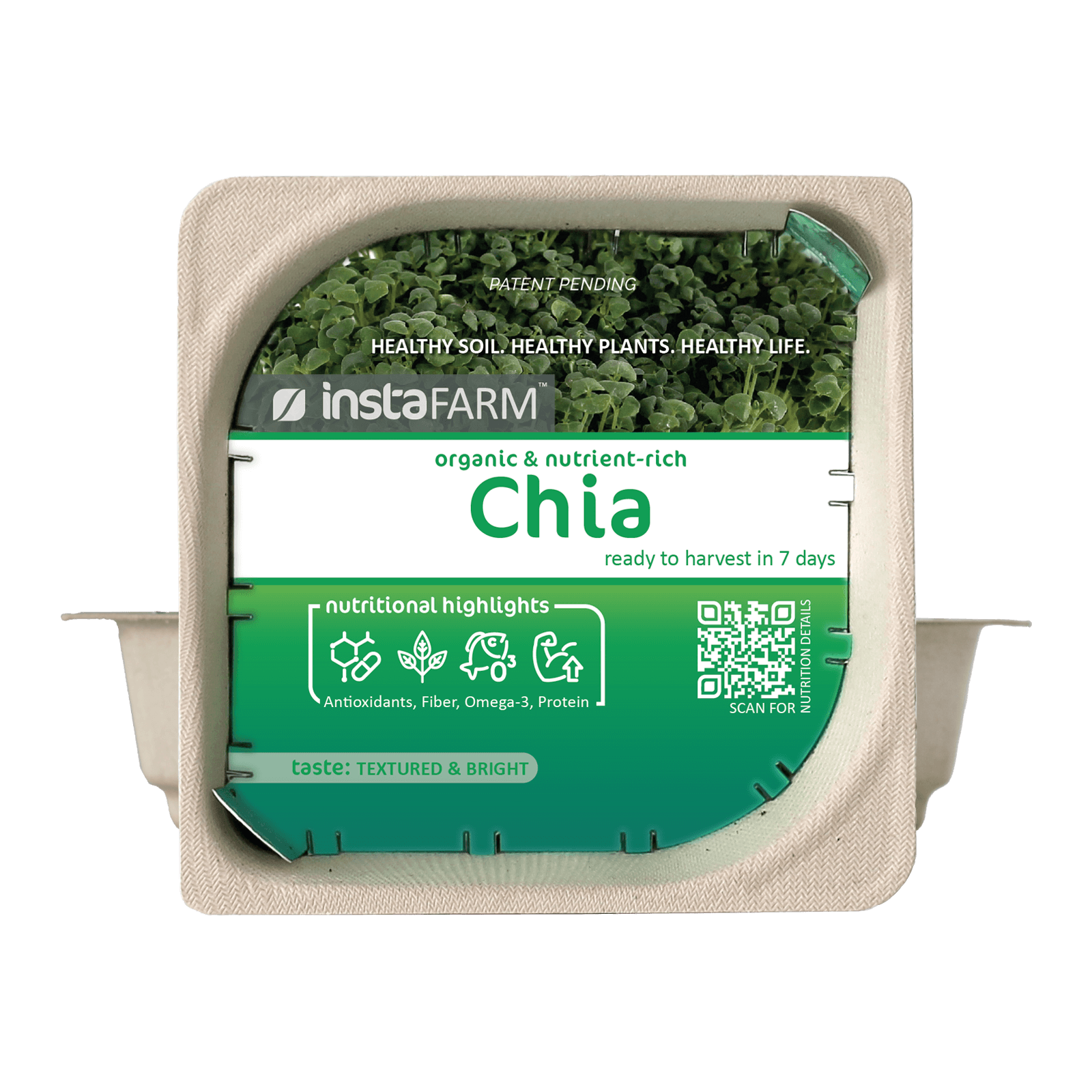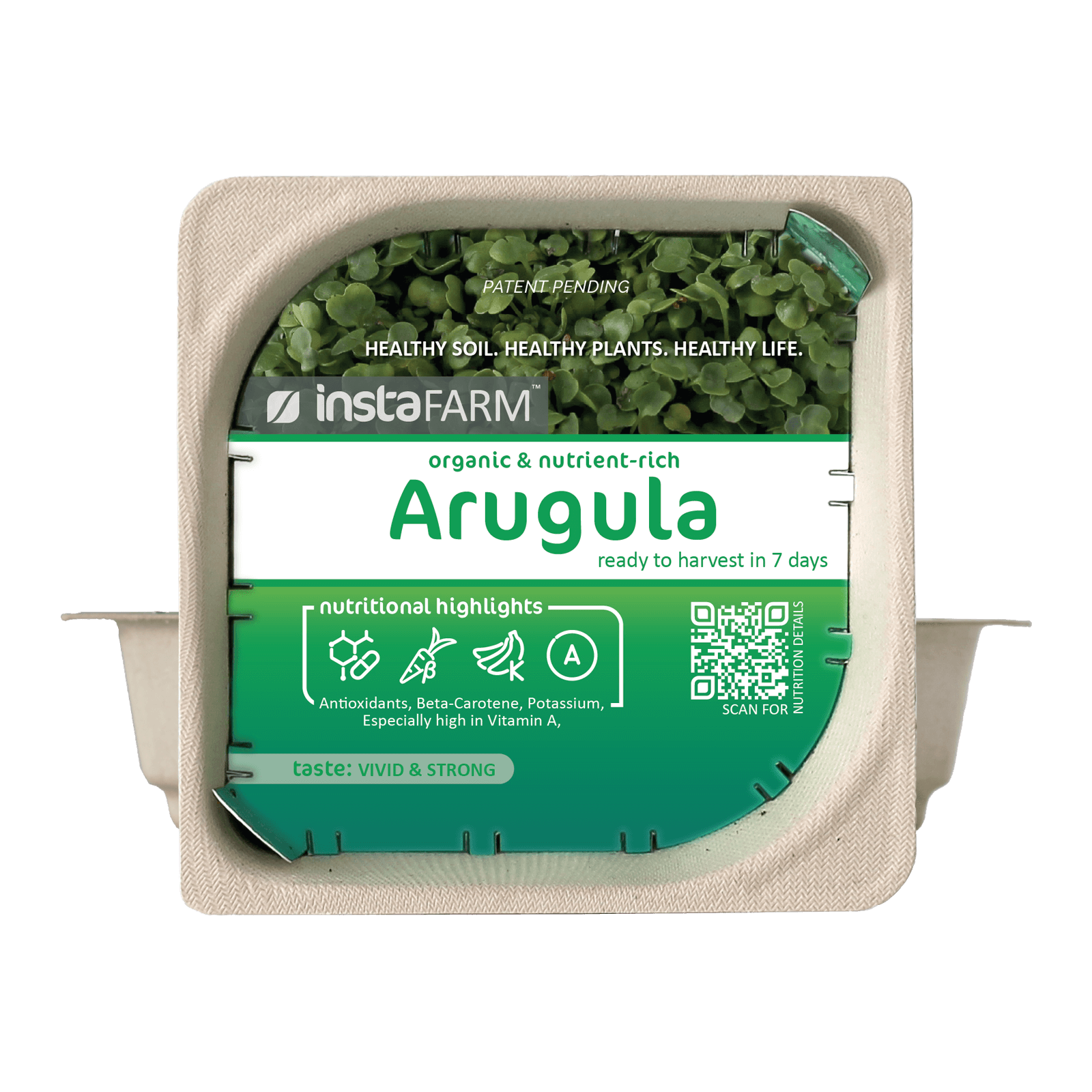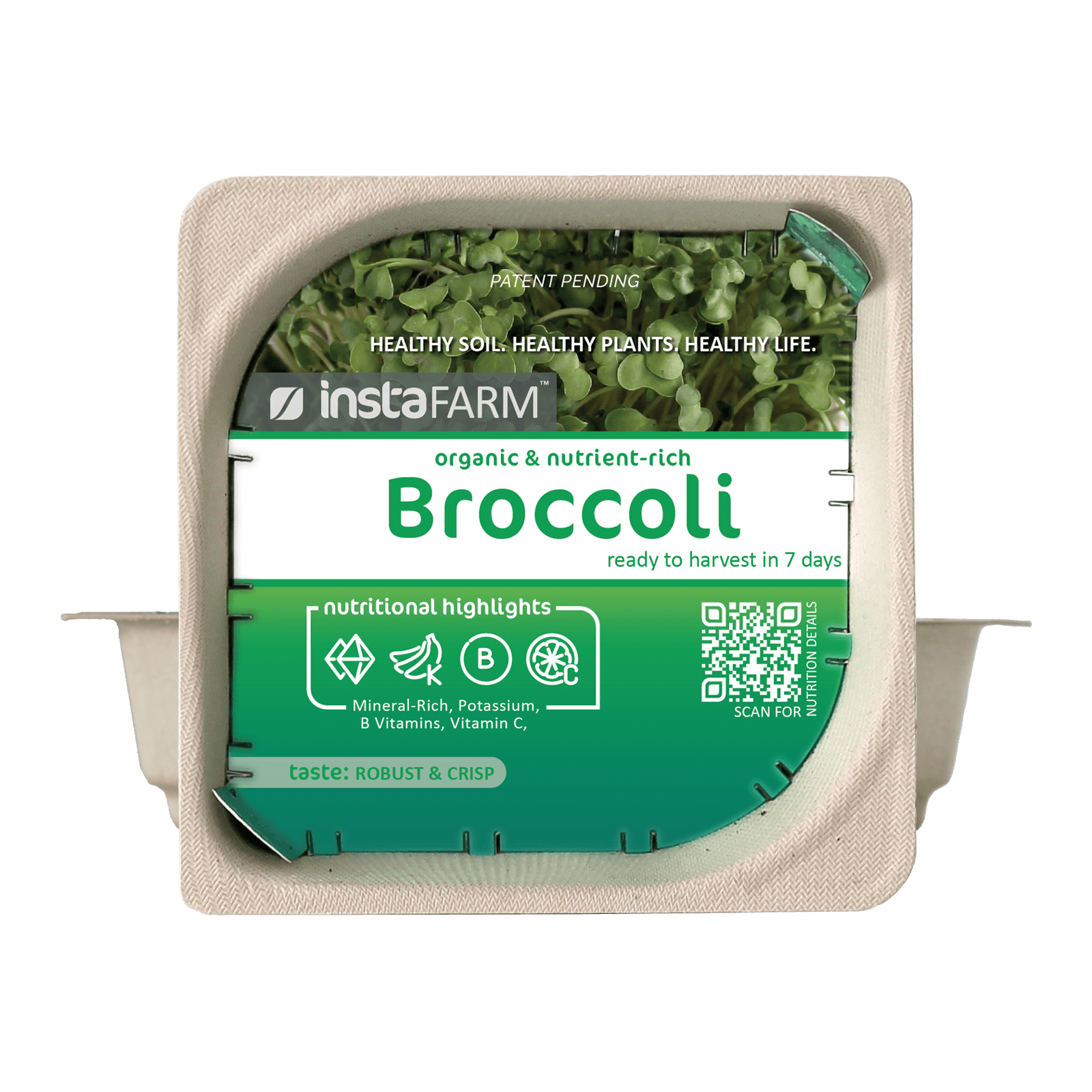MUSTARD NUTRITION DETAILS
Mustard NUTRITION DETAILS
nutritional highlights
Potassium, Vitamins C & E
TASTE
strong & spicy
USES
Micro mustard has a signature mustardy and spicy taste which enhances the flavor profile of any dish. Micro mustard complements green salad, vegetable sautés, many meat dishes, and pasta. It can also add a nice kick to freshly-pressed juices or in pickling!
MORE NUTRITION INFORMATION & RECIPES COMING SOON
DO YOU HAVE QUESTIONS?
Please fill out the form below and we will respond as soon as we are able.
View Other Available Trays
Even more nutritious plants being added soon.
Microgreens’ Health Benefits
In February 2017, Medical News Today took a look at health benefits of microgreens and cited a study from the Journal of Agricultural and Food Chemistry that shows how “microgreens do contain a higher concentration of many nutrients when compared with the mature, fully grown vegetables or herbs.”
More specifically, Medical News Today shares, microgreens have high levels of:
- Phytonutrients
- Antioxidants
- Vitamins
- Minerals
- Enzymes
Because of the high levels of antioxidants, microgreens are “considered a functional food, a food that promotes health or prevents disease.”
WHY MICROGREENS?
Microgreens are surging in popularity due to their tremendous versatility.
Microgreens have a very good nutritional profile and are considered ‘functional foods’ or ‘super foods’. They are increasingly used by consumers and chefs to prepare healthy and gourmet dishes.
WHAT ARE MICROGREENS?




